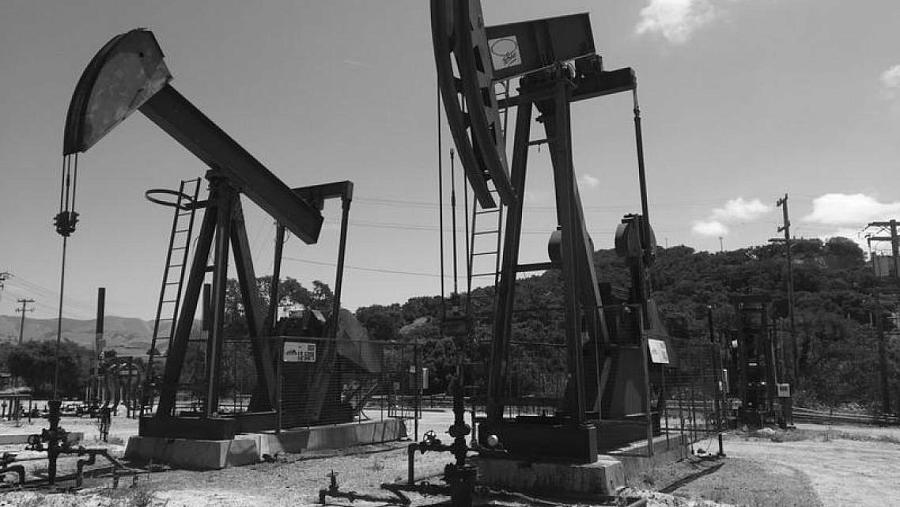What does groundwater science tell us about the underground injection of oil industry waste?

Oil wells at the Arroyo Grande Oil Field.
(Photo Credit: Greta Mart/KCBX)
For decades now, the petroleum industry has been disposing of wastewater generated through the oil extraction process by sending it deep back underground, via wells penetrating the same oil field. This is considered a safe disposal method by the industry—and regulators—due to underground geologic barriers that supposedly keep both the oil and the wastewater confined to the same area. As early as the mid-20th century, according to the U.S. Environmental Protection Agency, “injection proved to be a safe and inexpensive option for the disposal of unwanted and often hazardous industrial byproducts.”
The EPA has just two, surprisingly simple criterion for determining if this disposal method is safe: whether the underground area into which the disposal wells are drilled contains a current source of drinking water, or if any underground water contained therein could be used as a source of drinking water in the future. It’s the oil company planning to do the disposing that files an application with the EPA for approval; it supplies “proof” of meeting these two criterion. The EPA accepts that “proof,” based on whether the underground area currently contains hydrocarbons in sufficient amounts, or other reasons relating “to the practicality and cost of accessing and treating the water for human consumption.”
Yet since the practice started so many years ago, science and technology have radically advanced the “practicality and cost of accessing and treating water for human consumption.” And the formerly-held notion that sources of underground drinking water are plentiful and quickly renewable has been proven false, at least in California. Using a case study in San Luis Obispo County of oil field neighbors concerned with expanded threats to their well-drawn drinking water, I plan to look at how groundwater science has advanced since the regulations allowing underground injection of wastewater were created.

